My Cat Hates Drinking Water: The Dangers of Dehydration
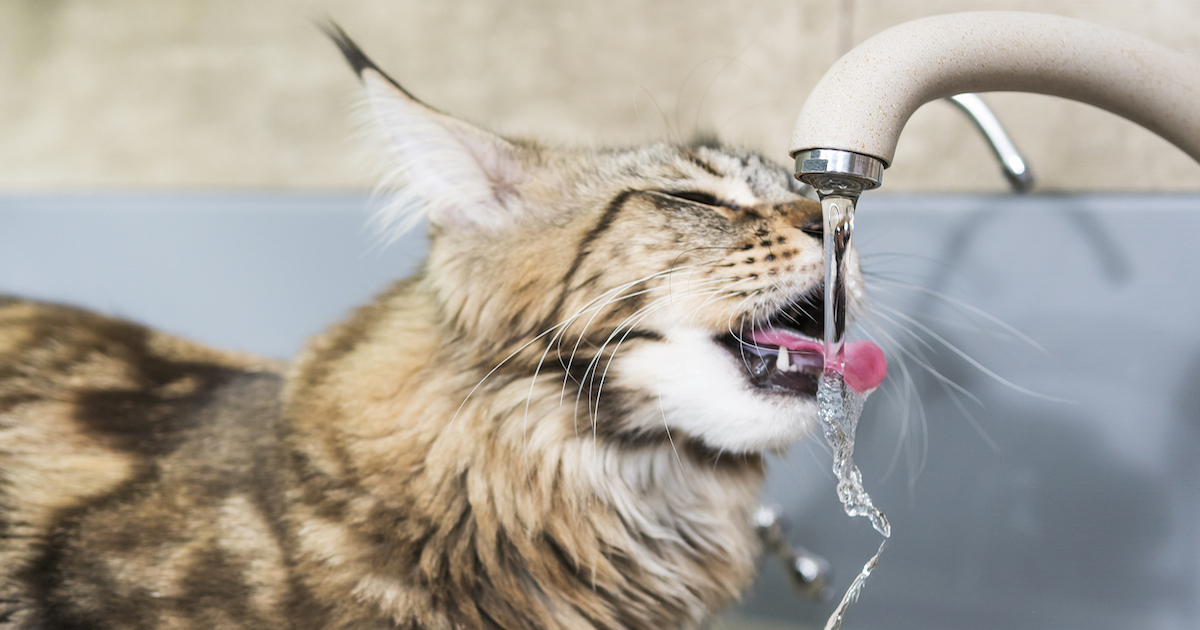
As creatures that are about 70% made up of water, hydration is essential for both us and our pets to stay healthy. However, while it is easy for us to keep track of our own water consumption, it’s difficult to tell if your cat is getting enough water unless you’re keeping tabs on it 24/7.
Whether you’re unsure about the signs of dehydration in cats or simply confused about why their dislike for water is such a big cause for concern, we’ve got all the answers here for you in this article:
What is dehydration?
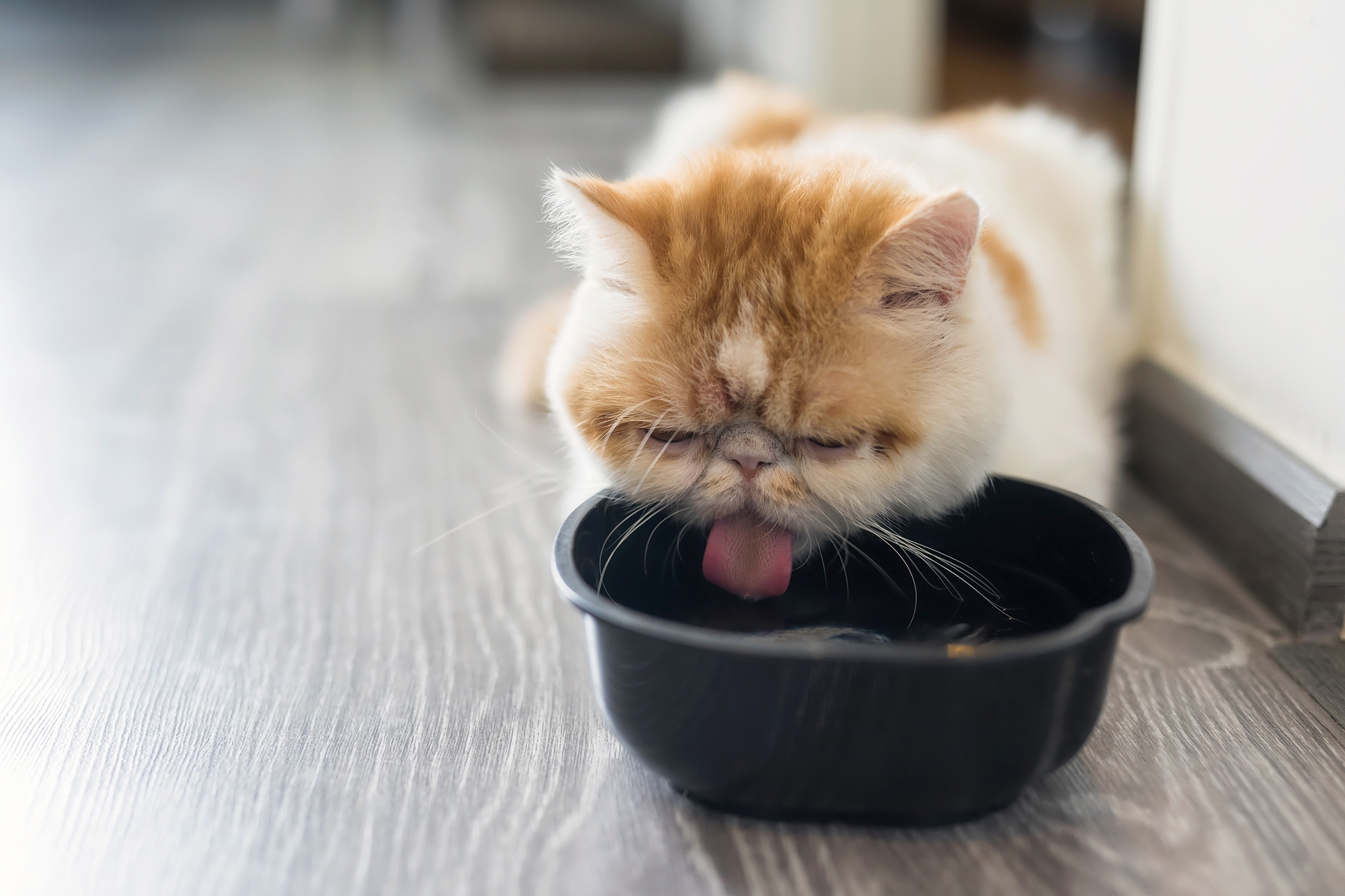
Cats are not great drinkers by nature for a variety of reasons, which includes sensitivity to hygiene, disliking the position of its water bowl, and the fact that they are descendants of desert creatures, resulting in their ability to store water to a certain extent.
This makes them more prone to dehydration, which can either be caused by increased fluid loss due to factors such as hot weather, or low fluid intake. While your cat’s daily water requirements depend on its environment and the type of food it consumes, generally, it should be taking in 60ml/kg of water each day.
Why should I worry?
Water makes up about 70% of your cat’s body and is essential for daily biological functions such as maintaining a healthy metabolism and removing waste. Because of their naturally lower thirst drive, cats often only start drinking when they have lost as much as 8% of their body’s water content.
When a cat loses too much water and electrolytes from its body, it can then lead to serious complications for your cat’s health. This includes a drop in energy, skin, and organ functions, and can even lead to organ failure, and ultimately, death.
Signs and symptoms
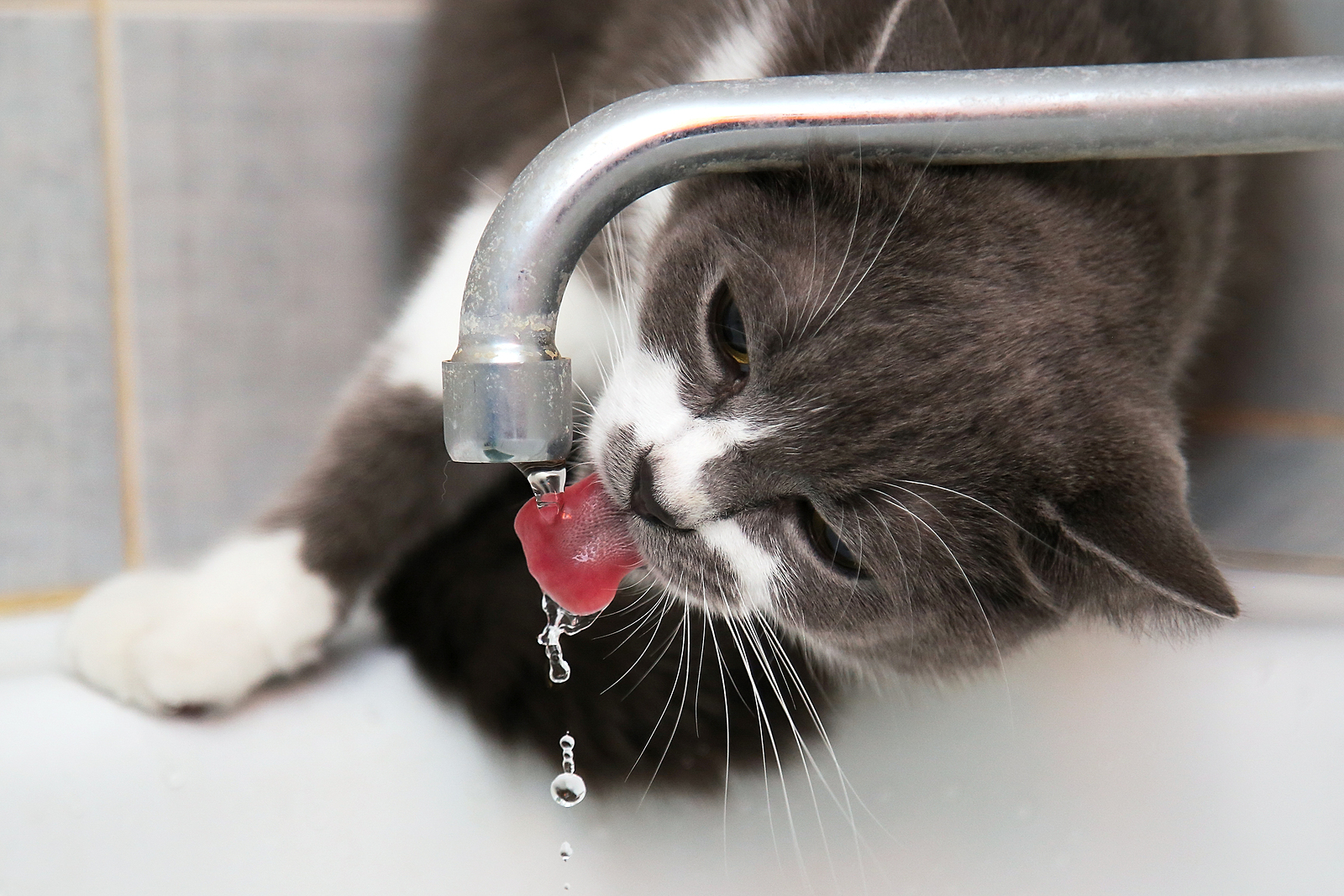
- Sunken eyes
- Panting
- Unusual and repeated visits to the water bowl
- Dry mouth.
One way of testing to see if your cat is dehydrated is by lifting the skin between its shoulder blades or at its nape. Unless your cat is severely over- or underweight, the skin should bounce back immediately if your cat is well hydrated!
If your cat is nursing, elderly, or suffering from existing conditions like diabetes, hyperthyroidism, kidney disorders, and cancer, it is also more prone to dehydration than others, so do make sure to keep an extra close eye on it!
However, not every dehydrated kitty will display the above-mentioned symptoms, so if you suspect that your cat might not be drinking enough water, you can always make a trip down to the vet for a checkup to be sure.
What can I do?
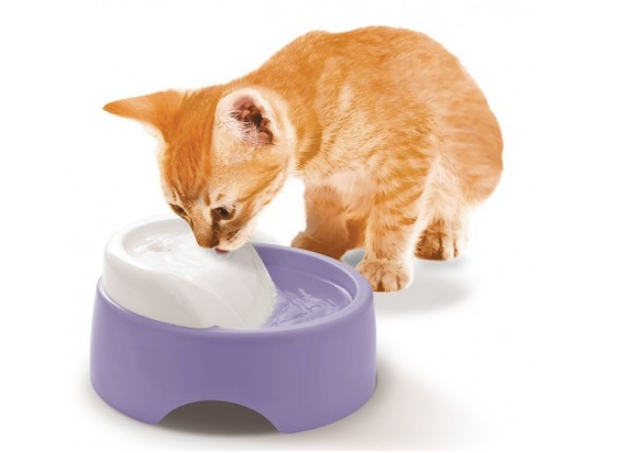
Cats prefer running water to still water because it’s fresher!
Source: Rein Biotech
To ensure that your kitty gets enough moisture, you can either encourage it to drink more by changing the water in its drinking bowl frequently, use a water fountain, or place more water bowls around the house.
Otherwise, simply provide wet food for your cat for a more foolproof measure – they often contain about 80% water, whereas dry food only contains about 10%!
Protect your kitty with AIXIA’s added-hydration wet food
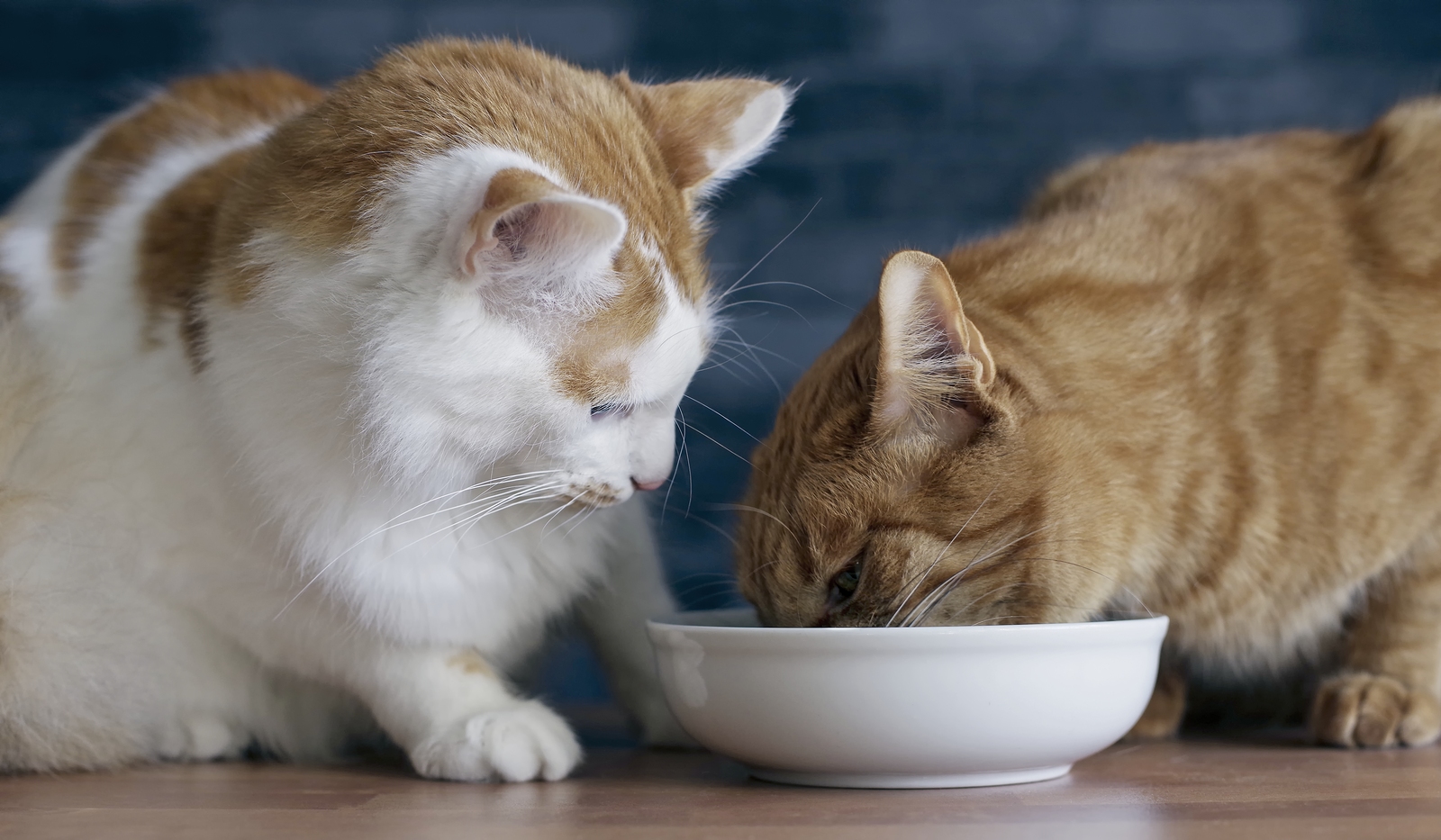
If you’re unsure which wet food to use to supplement your cat’s water needs, AIXIA’s Kenko Pouch Hydration range is specifically formulated to target efficient water and electrolyte replenishment for cats who absolutely abhor drinking water!
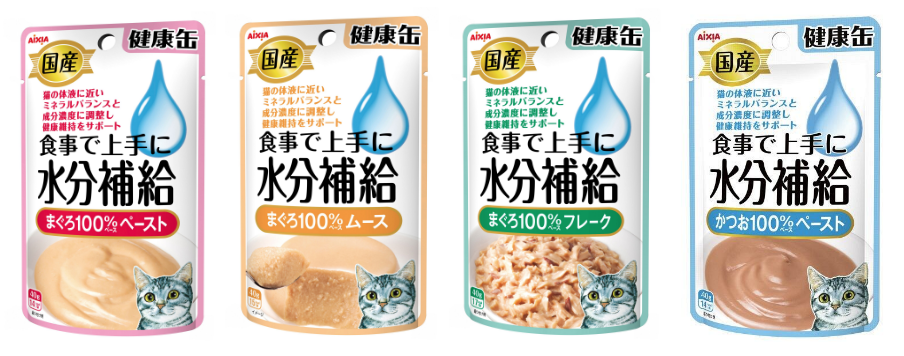
Source: Rein Biotech
Manufactured by a Japanese cat food brand established since 1990, the Kenko Pouch Hydration cat food contains adjusted mineral balance and component concentration similar to a cat’s body fluid content. They are also suitable for both senior cats and kittens as young as 6 months old.
Currently, @reinbiotech supplies 4 types of these water-supplementing cat food – Hydration Tuna Paste, Hydration Tuna Mousse, Hydration Tuna Flakes, and Hydration and Paste – to an array of retail stores all around Singapore. Whether your cat has difficulty chewing, prefers solid to soft food, or simply isn’t a fan of tuna, you’ll definitely be able to find one that suits your kitty’s preferences. To start combating the dangers of dehydration, contact Rein Biotech here to find out which store is nearest to you!
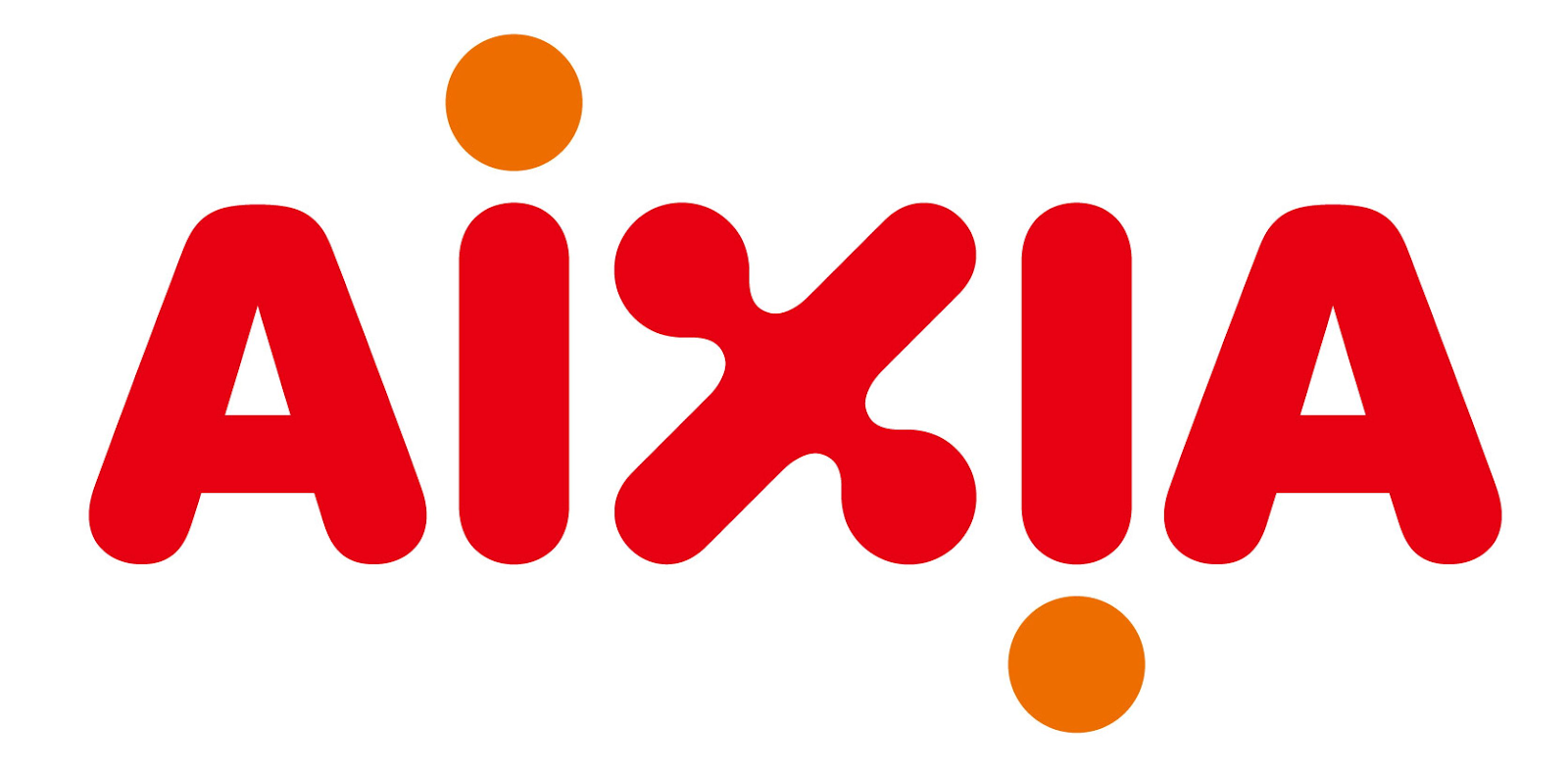
This article was written for Rein Biotech Services Pte Ltd.








